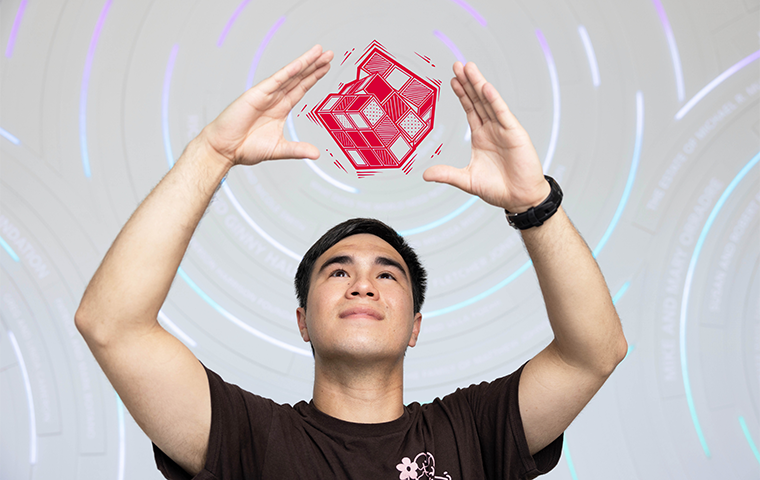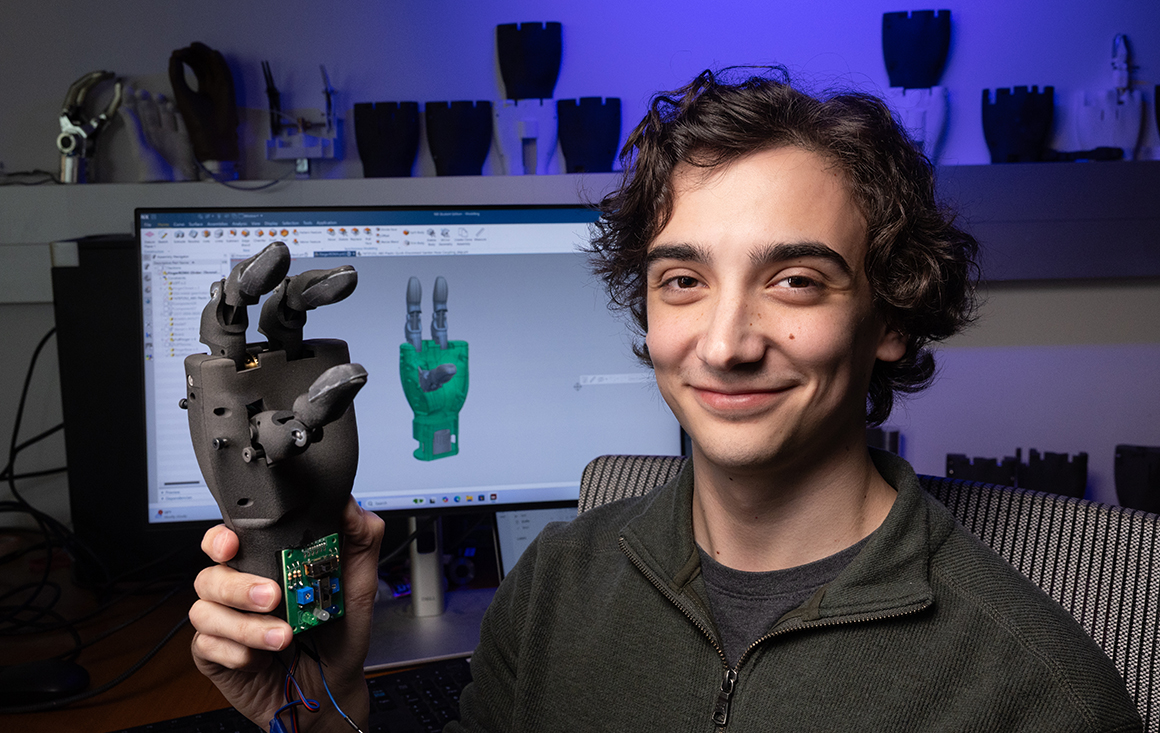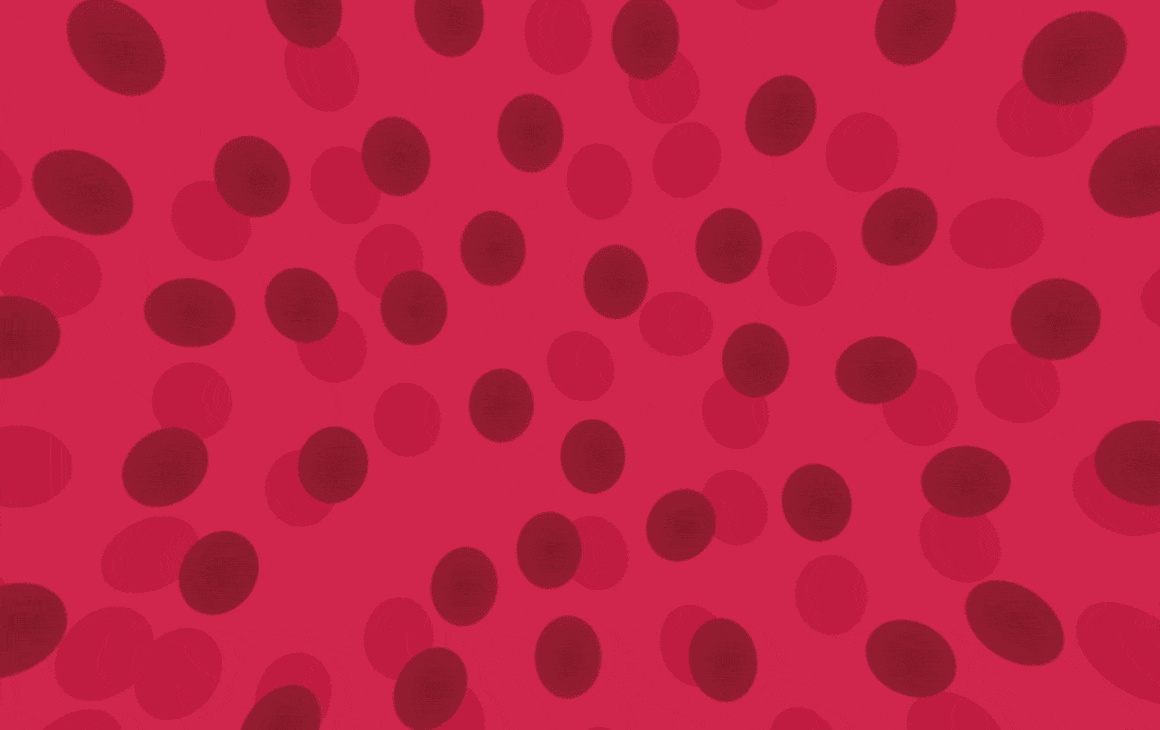Where Fun Meets Functionality
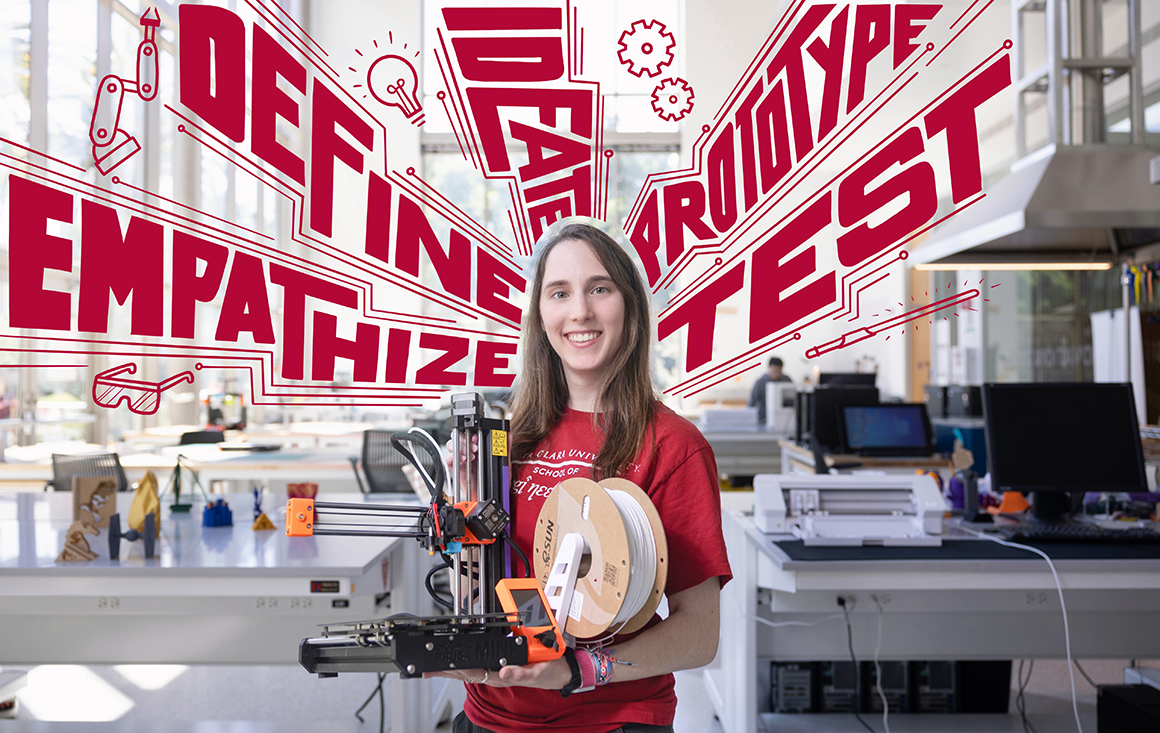
When Kira Hofelmann ’24 sees a problem, she uses the “design thinking process” to find solutions.
Design thinking refers to an iterative process that breaks down complex problems into innovative solutions through five steps—empathizing with users, defining the problem, ideating creative solutions, prototyping, and testing those solutions.
For example, when Hofelmann was in high school, she had an encounter with cyberbullying—and she wasn’t the only one. She learned that many of her peers also had negative online experiences, so she wanted to tackle the issue head-on. For her high school innovation diploma project, she reviewed her school’s policies, interviewed students and staff, and designed a software device that could sensor sensitive incoming and outgoing photos and messages on a teenager’s phone or laptop.
Not only did the process of creating a real-world solution empower her, it gave her a sense of purpose that brought her to Santa Clara University.
“I immediately resonated with Santa Clara's mission statement—it was all about uplifting those around you and building a community,” she recalls. “That was something that I really wanted, and that's really what I found—it wasn’t a lie. Everything—from my peers to my instructors—has made me confident about trying new things and being a leader.”
In addition to excelling as a mechanical engineering student, Hofelmann has also been the president of the Maker Club for the last three years, inspiring the next generation of creators and designers through a host of fun projects from laser-cutting jack-o-lanterns to making real LED lightsabers.
How did you get involved with the Maker Club?
During my freshman year, I was looking at different clubs, but it was obviously more difficult being online. Then, I heard about the Maker Club. Since I had been a leader in my high school’s makerspace, I reached out to Professor Christopher Kitts and he told me they had an opening for the club president if I wanted to do it.
When we came back to campus my sophomore year I was joined by an awesome treasurer—Jenny Huynh ’23, M.S. ’27. We didn’t really have a member list since the club had been on hiatus, so we really started at ground zero, but the world was our oyster.
It was really important to me to make this a space welcoming to everyone, not just engineering students. For example, at one event, I taught them how to use TinkerCAD, a 3-D modeling software to make simple keychains. Because they learned how to use the software, they would be able to come back to the maker lab whenever and design anything.
How does SCU’s Innovation Zone compare to other maker spaces you’ve worked in?
Oh, my gosh, Santa Clara’s Innovation Zone has machines I've never seen or heard of before. The 3D printers are so advanced—it’s not just plastic, there are also selective laser sintering (SLS) and resin printers, and even a WAZER waterjet cutter. There’s also one machine where you can put in a piece of copper and engrave your own custom circuit board, which is so cool.
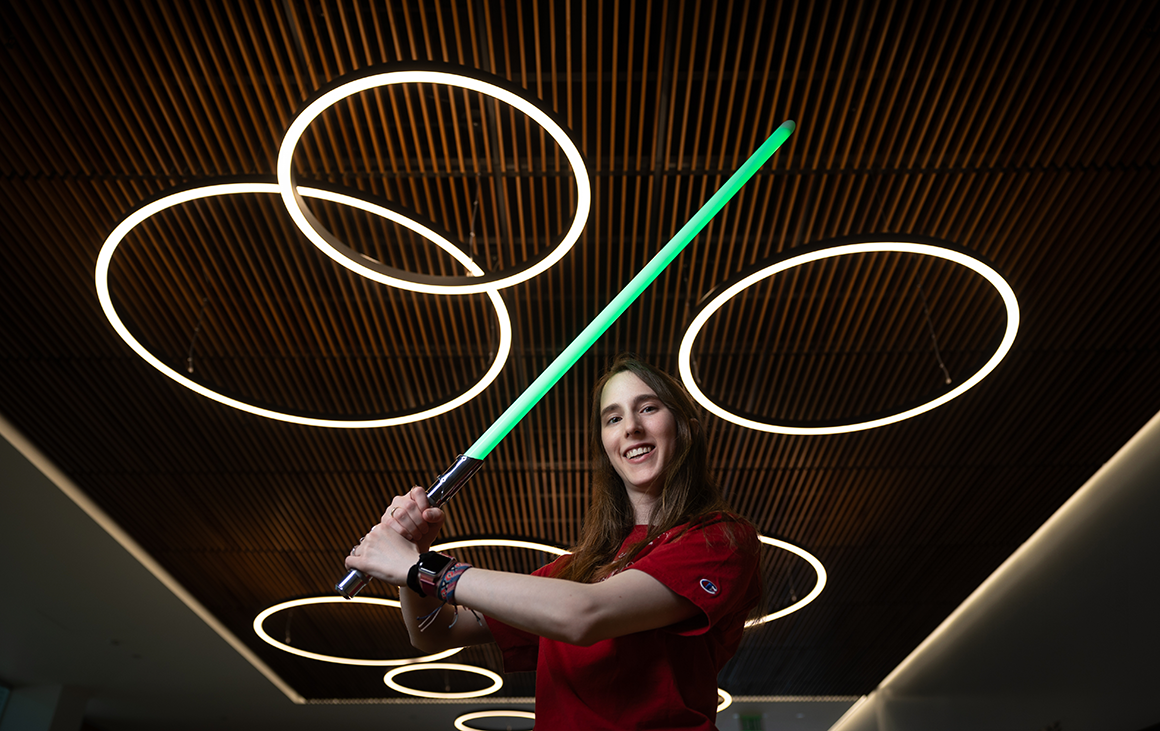
Photo by Jim Gensheimer
What were some of your favorite maker lab projects?
One project that stands out is a sign we were commissioned to make for the Ciocca Center for Innovation and Entrepreneurship. They had a logo for us, and we designed this four-foot sign with stacked acrylic to create this 3D effect. It was so big that we had to stencil and design it in four smaller pieces, gluing it together with epoxy and using vinyl to get their specific colors. It was definitely my largest project, and I'm very, very proud of how it turned out.
Another was when the Maker Club partnered with IEEE to build lightsabers. I had dabbled with the idea during COVID, and someone in IEEE had done it before. So, we 3D-printed the hilt and IEEE members soldered LED pieces together, and it was a really awesome experience to see them all glowing.
The engineering field has a reputation of being a bit of a boy’s club. What was your experience being a woman in STEM?
It's interesting… My sophomore year, the Maker Club had an all-female board—me, Jenny, Jo Espiritu ’23, M.S. ’24, and Madison Ly ’24—and we hit the ground running.
So, while there are probably more guys than girls in our club, we did have a lot of girls, including members of the Society of Women Engineers (SWE) that have come up to us over the years saying, “We were really scared of coming into the maker lab because we only ever see guys in here, but seeing the four of you there really made us feel like we could come in and give it a go.”
How have you grown as an engineer at SCU?
In one of my first classes, we were already talking about the design thinking process and problem-solving, and I was like, “I’m in the right place!” And that just continued across all my classes. Each one had an element of real-world problem-solving. I really enjoyed fluid dynamics—our professor, Godfrey Mungal, would stir a coffee cup and ask why the fluid was acting a certain way.
My senior design project is also focused on real-world problems. We're asking the question, “What does the next step in a maker space look like?” So, we’re creating an automated fabrication work cell. That’s a fancy phrase but essentially, it’s an assembly line of little robotic arms that operate like a person’s hands moving a product from station to station and going through certain fabrication steps.
The project has been a collaboration with campus partners to see if we can automate the process of making something for alumni events, showcases, and giveaways—one-off projects where you need to pump out 500 products very quickly, whether it’s cork coasters, pens, luggage tags, or holiday cards.
Right now, we're in the prototyping and testing phase for a work cell that would make engraved coasters, but we're hoping another team will continue this project, maybe making the work cell modular so it could be adapted to make multiple products.

Hofelmann and Espiritu present the finished Ciocca Center sign made by the Maker Club.
In addition to your role in the Maker Club, you also are doing research in the Robotics Systems Lab. Can you tell us a little about that?
I'm continuing someone else’s project where we’re developing robots that can traverse through a site like Chornobyl or Fukushima that would be unsafe for humans to go. These robots would go in after a disaster and collect data and samples. So, we’re trying to emulate a formation of robots mapping out an area and bringing back data in real time.
What's really interesting is that it's giving me more insight into the research needed before you jump into a high-level project. There are so many factors you need to consider before investing money to make something innovative. So, this project has been much more focused on ideating and defining the problem, whereas my senior design project has been much more about testing and prototyping.
After graduation, what’s next for you?
I'm going to continue with SCU’s master’s program in robotics automation because I want to gain more experience and figure out the kind of robotics I want to eventually go into. Bioengineering and prosthetics are definitely interests of mine that I'm going to explore, as my emphasis is still on human interaction and helping people.
I just completed a course called “Diversity and Disabilities,” and for my ELSJ placement, I did community outreach at an adult education center supporting a physical therapy class for stroke survivors. Many of them had biomedical braces, and it was really cool learning about that user experience first-hand. For example, one of the class members is partially paralyzed from the waist down and has a lot of trouble with lower body mobility. However, through the use of exoskeleton legs, he was able to walk comfortably.
Seeing that just sparked my inspiration. I was like, “Wait, this is something I'm interested in. I want to build products like this to help ease daily struggles like that.” So that’s something I hope to pursue.
Unleash your entrepreneurial spirit and ignite your inner innovator—build, invent, and test your own creations in SCU's hands-on prototyping space.
